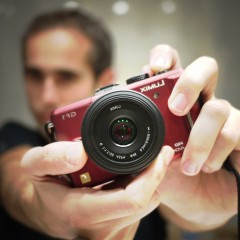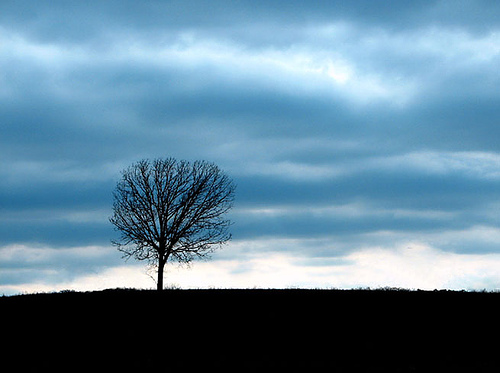
Digital photography is nothing more than the sophistication of photography. The art of photography has traversed ages, from daguerreotype in 1836 to rapidly evolving digital cameras. What changed with each new invention in the field of cameras and photography is the convenience of shooting the images. Once a luxury device, the camera is now more of a common toy you can see in the hands of small kids as well; though being an artist is altogether a different breed.
And well now that we have come to talk of the artists, photographers to be more precise, it’s quite of it a doable action — to give photography a serious thought. Not just taking the pics of friends and family and sharing them on Facebook, think and act like a photographer and you will be able to make the images like the photographers you admire the most. And for that you need to begin with these crucial tips.
Before starting let me just congratulate you for having this smart, sophisticate machine in your hands — the digital camera. And the next step…
Welcome to the world of digital photography!
-
Pro Tip: Shooting In RAW Takes Your Digital Photography Skills A Notch Up
Tune your camera settings to shoot in RAW (or RAW + JPEG). RAW is analogous to film negative. Shooting in RAW allows you to concentrate on your technique, i.e., using appropriate camera controls and the composition, while postponing the other crucial settings like exposure compensation, white balance settings, saturation, etc to be taken care of in the next step — digital post-processing.
-
Take care of the ISO noise in a Digital camera
Migrating from film camera to digital, shooting at various ISO levels can be seen as a major advancement. While with film cameras, one required fast films to shoot in low light, you just need to boost the ISO level with digital camera in hand. But beware of it! While sometimes intentional grain is effective technique to create mood, shooting up the ISO to higher levels can introduce the artifacts affecting the overall image quality.

-
With a Digital Camera In Your Hand, Take Lots Of Photographs
Say bye bye to the expense of developing the films and make friends with the images, the photographs, the pictures that you’re going to make. Sounds like a TV commercial. But hey, with digital camera in your hand you do not need to worry about taking the images. Play around with each and every camera setting at your will and as Jeff Goins says you become a writer by acting like one, you can become a good photographer by shooting like one. So pick up your weapon and be ready to master it to the finish.
-
Advantage From The Digitization — Backup Your Images
After shooting a lot of images, it’s time to learn from your shots. Don’t delete the bad ones instantly. When you transfer the images to the computer, start by first creating a backup folder. Copy the images to a new folder and then sit and analyze each photograph you have shot. Pick up the best ones, note down the camera settings and try to consciously make good photographs next time.

-
From Traditional Darkroom To Digital Darkroom
Even though the argument will always be there that there is no match to photographs you get with film camera, the underlying truth is that the result of the film cameras depend a lot on good quality photo-lab, where the photographs are developed. Take this lesson from here and imply to digital photography as well. Giving final finishing touches in digital darkroom is equivalent to Ansel Adams approaches to make great images; like edge burning, split toning and the likes. The great photographs are not always straight from the camera, they need the post dust to live up to your expectations and the liking of the viewers.
-
Use The Histogram
A bonus tip by Jim Egerton (see comments). The histogram is a critical piece of information that you get from your DSLR. Daytime or dark, irrespective of whether you are able to see the camera screen, you can always take a look at the histogram to figure out the proper exposure. This is one critical difference between using film cameras and digital photography. Remember though that histograms can trick you (under certain conditions). But without a histogram, perhaps the only other way to assess the photograph is the digital camera screen which doesn’t work too well in daylight. Thanks Jim!
Let’s make it to ten. Share your tips in the comments below!


@Jim: Included with credit to you.